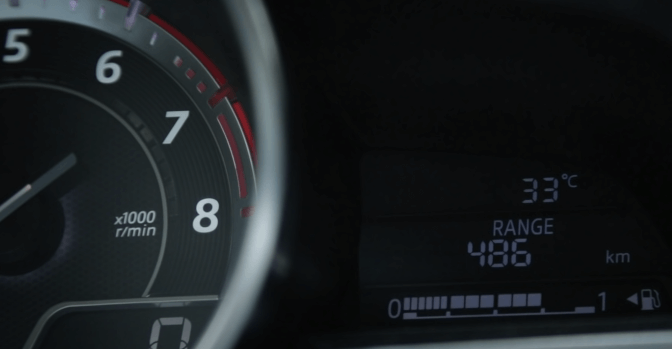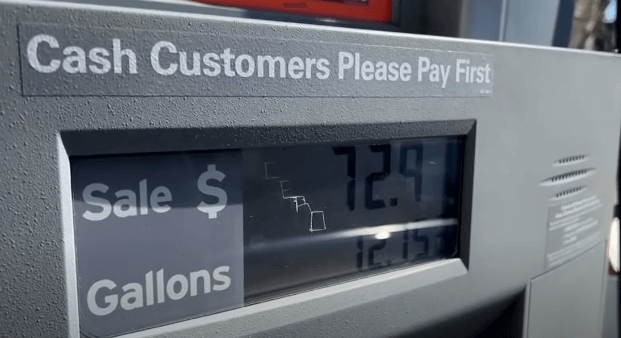Why are fuel prices so high?
If you’re an Australian right now, you’d have to be living under a rock to have missed the news that gas prices have skyrocketed. You may think twice about speeding and draining your fuel tank. Since the beginning of February 2022, the price of normal regular petrol has exceeded $2.00 per litre. Those who like or need 98 octane premium fuel pay even more, reaching as high as 244.9 cents per litre in the central business by mid-March.
Motorists all around Australia have taken note of the dramatic increase in the price of petrol, which has now risen beyond $2 in each of the nation’s big cities. Petrol in Australia now costs more than $2 per litre, which is astronomical for drivers. That’s despite the fact that in March, the federal government cut the gasoline levy in half, to 22 cents a litre, in an effort to ease drivers’ financial burdens.
Retail gasoline prices are the highest they’ve been in almost 20 years, and in the midst of a cost of living crisis, Americans are feeling the pinch at the pump.
Why are gas prices so high?
What’s going on with gasoline prices in Australia requires an understanding of the components that go into the final price at the pump.
This sum may be split down into its component parts, including the cost of oil on the global market, the cost to wholesalers to import, refine, store, and transport petroleum, the cost to retailers to run service stations, taxes, and the profits made by wholesalers and retailers. It’s trickier than it seems, but right now the worldwide price of oil is the primary factor influencing Australian oil prices.
Although Australia does not get its oil from Russia, the decision by the world’s second-largest oil supplier to block supplies to most of the globe has had significant repercussions. Although the Ukrainian war is a likely contributor to the recent spike in gas prices, the Australian Competition and Consumer Commission (ACCC) has pointed out that the recovery of international travel after the COVID-19 epidemic has also contributed to the increase in demand for oil.
The globe falls into lockdown, millions of automobiles are removed off the road, and fuel consumption drops as a result. When individuals get immunised and can go about their usual lives again, they return their automobiles to the roads, where they use up fuel as they travel. Gasoline prices in Australia have risen to levels not seen since 2014, when major conflicts in the Middle East drove up global costs. Prior to 2008 and the onset of the Global Financial Crisis, prices had risen to an equivalent of 212.9 cents a litre.
Many are wondering how long the situation will last until prices begin to decline and what the Australian government plans to do about it.
Is the government doing anything to assist?
The previous federal government in Australia acted to cut the tax on gasoline in half after prices spiked to their highest point in 14 years.
However, the gasoline tax decrease to 22.1c per litre is simply a temporary fix that will expire after six months. It went into effect in March and will end in September, when the regular gasoline tax rate of 44.2 cents per litre will be reinstated. Gasoline prices dropped significantly in the weeks after the announcement of the fuel tax decrease, but have since risen to all-time highs.
Between the middle of April and the middle of June, the ACCC saw a 46 cent per litre increase in the price of ordinary unleaded gasoline. Fuel Price Australia reports that fuel prices are within a penny of the record high that spurred regulatory action.
What to do to save fuel
There is a plethora of options. In an effort to extract more “juice” out of each tank of petrol, a trend known as “hypermiling” has seen drivers switch off their air conditioners and take their foot off the accelerator.
- Maintenance of your vehicle requires regular attention.
- Maintaining a tire’s optimal pressure
- Shedding pounds while on the road by, say, emptying your trunk of unnecessary items
- As gently as possible in the highest gear that won’t cause the engine to strain
- Maintaining a constant speed and avoiding sudden stops and starts
- Saving energy by coasting as much as possible and keeping an eye on the road ahead
- Using the air conditioner less often

A Look Forward
If the conflict in Ukraine continues, many analysts predict that oil prices will remain at historically high levels, which would have a wide-ranging and negative impact on everything from the cost of gas to the cost of groceries. Moreover, we must not overlook the ever-increasing cost of flight tickets.
Improving your long-term energy security is the most efficient strategy to keep these expenses low in the future. Though it is no longer practical to construct new refineries in Australia, there are still alternatives to consider. Increasing our fuel storage and distributing it to key places is our top priority at the moment. We need enough gasoline to last at least a few months. Consumers would gain most by stockpiling unleaded gasoline, while civil aviation and the military might make use of diesel and jet fuel stockpiles.
Future gasoline price spikes could be less severe if new trade agreements are implemented. Diesel, for instance, will be supplied to Australia by the Indian firm Reliance Industries. Since they are also shipping a lot to Europe, which is in the midst of a fuel crisis, this solution may not last long, therefore we should keep exploring for more permanent supply solutions.
Petrol, diesel and automotive LPG prices are not regulated in Australia. Automotive LPG prices were deregulated in 1991, and petrol and diesel prices were deregulated in 1998. However, in the interests of consumers and competitive markets, the ACCC continues to monitor fuel prices.
As much as 90% of Australia’s gasoline comes from overseas. Approximately 350 barrels per day of crude oil is produced here, although almost all of it is sent outside. About a quarter of our imported gasoline originates from Singapore in Asia.
Either domestic crude oil refining or (increasingly) imports of refined petrol provide Australia’s gasoline requirements. Twenty years ago, eight Australian refineries met almost all of the country’s demand for gasoline. Fewer than 10% of Australia’s gasoline demand are met by the two remaining refineries.
As of 2016, Australia ranked 38th in the world with 1,193,000,000 barrels of proved oil reserves, representing roughly 0.1% of the world’s total oil reserves of 1,650,585,140,000 barrels. Australia’s proven reserves are sufficient to provide 2.9 times the country’s yearly demand.

